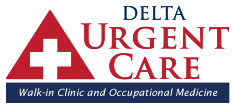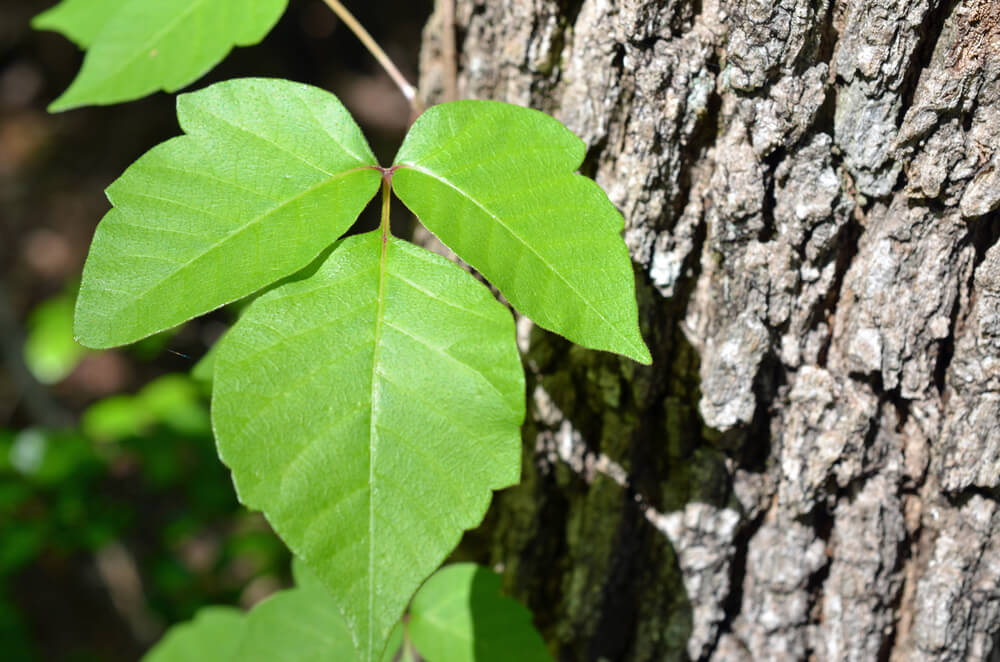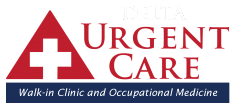Summer time means exposure to the elements. This includes poisonous plants like poison oak and poison ivy. However, many of us have also been exposed to many myths about poison oak and poison ivy our entire lives. Here are the facts about poison oak and poison ivy:
Fact #1
The official name of this type of rash is Toxicodendron dermatitis and comes contact with the urushiol allergen. While a very common, not everyone suffers from the allergy. If you’re allergic to poison ivy and oak, you should assume your are allergic to several plants from the Anacardiaceae family, including:
- Poison ivy
- Poison oak
- Poison sumac
- Rengas tree
- Ginkgo (the allergen is in the fruit pulp)
- Japanese lacquer tree
- Mango (the allergen is in the fruit rind, leaves, and sap)
- Cashew nut tree (the allergen is in the nut shell)
- Indian marking nut tree
- Poisonwood tree
- Brazilian pepper tree, also called Florida holly
Fact #2
The rash only derives from direct contact of the urushiol allergen to your skin when you:
- touch the plant directly
- touch something with the oil on it. This can include the fur of your pets or someone’s clothing that has been in contact with the plant.
Myth: The blisters that arise from the rash do not contain the uroshiol allergen oil and so they are not contagious! Once the oil is washed off your skin, it is gone, no matter how bad it has spread.
However, it is true that allergic urushiol oil can come into contact with your skin when spread by smoke from burning plants in the Anacardiaceae family, or on the wind from high-speed trimmers that hit the plant.
Also be cautious of homeopathic remedies. Some can cause a total-body reaction. Consult our physicians if you’ve been exposed.
So why does the rash SEEM contagious?
Simply because the rash begins showing within 2 days, but it will continue to evolve for up to 2 weeks. It’s not contagious, it because of the variables in each person’s system:
- The more allergic you are, the faster the rash shows up.
- If you’ve had a reaction before, those parts of your skin will react faster.
- Larger doses of the allergen will react faster.
- If you’ve never had the rash before or you’ve gotten a lower dose, those parts of your skin will react much slower, often not appearing for a week or two.
Remember, it’s not that you touched to other parts of your skin. Once you’ve washed the oil off, it’s no longer contagious. You can, however, get re-exposed from contaminated pet fur or clothing. It’s best to visit us to get medication for relief and advice on eliminating the oil from other parts of your home.
Prevention is the best medicine.
Avoid the plants! You can learn to identify the plants. Poison oak and ivy look very similar with three leaflets growing from the stem. Check out Wikipedia’s description to help you learn how to identify the differences.
Wash within five minutes. Eliminate any part of your skin you may have exposed to the plant by washing thoroughly with soap and water. If you’re quick, you’ll remove the oil before it can be absorbed by your skin, potentially preventing the rash completely.
Also wash anything that could possibly be contaminated with the oil: pet fur, clothing, tools, toys, bikes and more.
How do you treat it once the rash starts?
If you start to develop the itchy rash, act quickly:
- Apply cortisone cream. Stop by Delta Urgent Care any time and we’ll provide you with a prescription, because the hydrocortisone bought “over-the-counter” can be ineffective.
- Keep your skin cool. A cool bath with Aveeno Oatmeal powder can help relieve itch and prevent further inflammation. While it may seem hot water soothes, it will make the itching worse.
For weeping blisters:
- Come see us. We can help treat the blistering and show you how to wrap the rash and care for it.
- Make a solution. Mix a tablespoon of white vinegar in one pint cool water. Apply the solution to your blisters with a moistened cloth for 10-15 minutes four times a day. This helps draw out the fluid and dry the drainage.
- Use Calamine Lotion. You can do this in conjunction with or without the vinegar soaks. Use a Calamine lotion with added anti-itch medicine for extra relief. However, avoid Calamine lotions mixed with antihistamines (Benedryl, diphenhydramine, etc.) or topical anesthetics (“cains” such as lanocaine and benzocaine) because they may create their own dermal allergic reaction. Consult your pharmacist or the providers at Delta Urgent Care.
To relieve the itching:
- Keep cool. Cool skin itches less.
- Use oral antihistamines, if you can. Benadryl, for example, can help to relieve itch.
If you’re experiencing a severe reaction, stop by Delta Urgent Care for an oral or injected cortisone.




